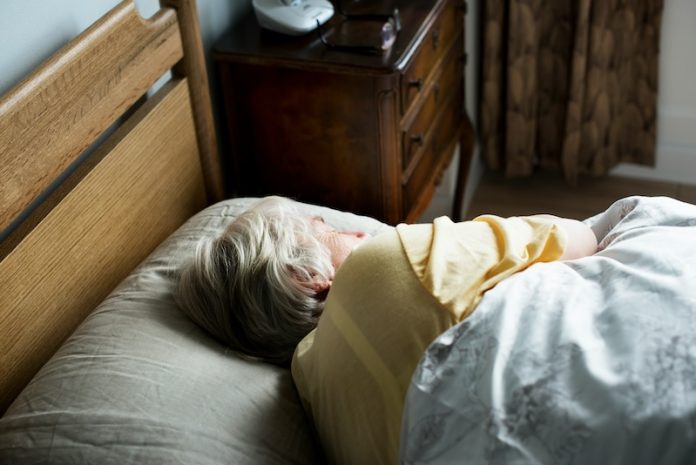
A study from the University of Pittsburgh has revealed a troubling link between how tired older adults feel after everyday activities and their likelihood of dying within a few years.
The research found that older adults who experience high levels of fatigue during simple tasks are more than twice as likely to die within the next 2.7 years compared to those who feel less fatigued.
This study focused on “physical fatigability,” which measures how tired someone feels after completing specific activities.
While previous research has shown that regular physical activity can help reduce fatigue, this study is the first to directly link severe physical fatigability with an increased risk of early death.
The researchers used the Pittsburgh Fatigability Scale to assess fatigue levels.
This questionnaire, created in 2014 and translated into 11 languages, asks people to imagine how tired they would feel after performing various activities, such as walking for 30 minutes, light housework, or heavy gardening.
Participants rate their expected fatigue on a scale from 0 (not tired at all) to 5 (extremely tired).
The study included 2,906 people aged 60 and older, all part of the Long-Life Family Study, which examines factors contributing to longevity. Researchers asked participants to complete the Pittsburgh Fatigability Scale and then tracked their health over the next few years.
The results showed a clear connection between high fatigability and an increased risk of death. Participants who scored 25 or higher on the fatigue scale were 2.3 times more likely to die within 2.7 years compared to those who scored below 25.
These findings held true even after accounting for factors like age, gender, and existing health conditions.
This discovery highlights the importance of recognizing and addressing fatigue in older adults.
Feeling unusually tired after routine activities could be a warning sign of underlying health issues or reduced physical resilience. By paying attention to fatigue levels, doctors and caregivers might identify older adults at higher risk of poor health outcomes.
The Pittsburgh Fatigability Scale also shows promise as a simple, effective tool for identifying those at greater risk of early death.
Healthcare providers could use this questionnaire to assess fatigue levels and recommend interventions, such as increased physical activity, to help reduce fatigue and improve overall health.
Regular exercise has been shown to boost energy levels, reduce fatigue, and improve life expectancy. Encouraging older adults to stay active, even with light activities like walking or gentle stretching, could make a significant difference in their health and longevity.
This research, led by Dr. Nancy W. Glynn and published in The Journals of Gerontology: Series A, underscores the value of understanding how fatigue impacts health in later life.
It also opens the door for further studies to explore whether reducing fatigue through targeted interventions can improve both quality of life and life expectancy for older adults.
The findings serve as an important reminder: staying active and paying attention to how tired you feel after daily activities can be key to maintaining good health as you age.
For healthcare providers, this study offers a new way to identify and support older adults who may be at risk, with the goal of helping them live longer, healthier lives.
If you care about wellness, please read studies about how ultra-processed foods and red meat influence your longevity, and why seafood may boost healthy aging.
For more information about wellness, please see recent studies that olive oil may help you live longer, and vitamin D could help lower the risk of autoimmune diseases.
Copyright © 2024 Knowridge Science Report. All rights reserved.



